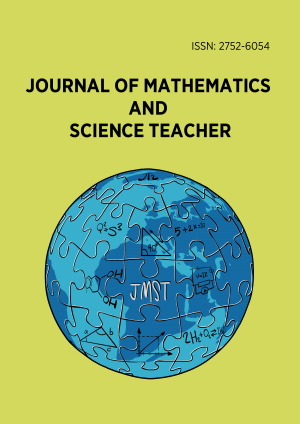Abstract
This research explored the extra-curricular activities (ECA) in the secondary schools in Nawalparasi (Bardaghat-Susta East), District of Nepal. The research questions of this study incorporate stakeholders’ (head teachers and secondary level teachers) perceptions, existing practices, problems, and remedial measures regarding practice of ECA in secondary schools. The study is guided by Alexander (1999)’s student involvement theory and Vygotsky’s socio-cultural theory of learning. The study population included 239 secondary level teachers and 78 head teachers from Nawalparasi (Bardaghat-Susta East)’s 78 public secondary schools. The sample was chosen using a simple random sampling method with a lottery. The study’s samples included 150 secondary level teachers and 66 head teachers. This study was guided by post-positivist paradigmatic assumptions and was designed quantitatively. Data were collected using the survey method. A structured questionnaire was administered to secondary level teachers and head teachers to collect data. After collecting the data, it was entered into SPSS and analyzed using descriptive statistics–frequencies, percentages, mean and standard deviation, and inferential statistics with a non-parametric Chi-square test. The results of the five-point likert scale converted trichotomize scale and closed-ended questionnaires and revealed that teachers have a high level of awareness of ECA knowledge, its importance, and implementation. This study found that head teachers and secondary level teachers involved students in different extra-curricular and social activities to successfully complete school education, as Astin’s and Vygotsky’s theory explained. The practices towards ECAs were stated by Ministry of Education’s national education system plan (MoE, 1971) as an integral part of the school program in which participation would be compulsory for teachers and students and hence found compatible with the policy. In almost all cases, the responses of secondary level teachers and head teachers are nearly identical. As a result, head teachers and secondary level teachers, practiced and implemented ECAs to make them relevant and necessary for students’ educational achievement.
License
This is an open access article distributed under the Creative Commons Attribution License which permits unrestricted use, distribution, and reproduction in any medium, provided the original work is properly cited.
Article Type: Research Article
Journal of Mathematics and Science Teacher, Volume 3, Issue 2, 2023, Article No: em044
https://doi.org/10.29333/mathsciteacher/13594
Publication date: 20 Aug 2023
Article Views: 2609
Article Downloads: 1503
Open Access References How to cite this article
 Full Text (PDF)
Full Text (PDF)